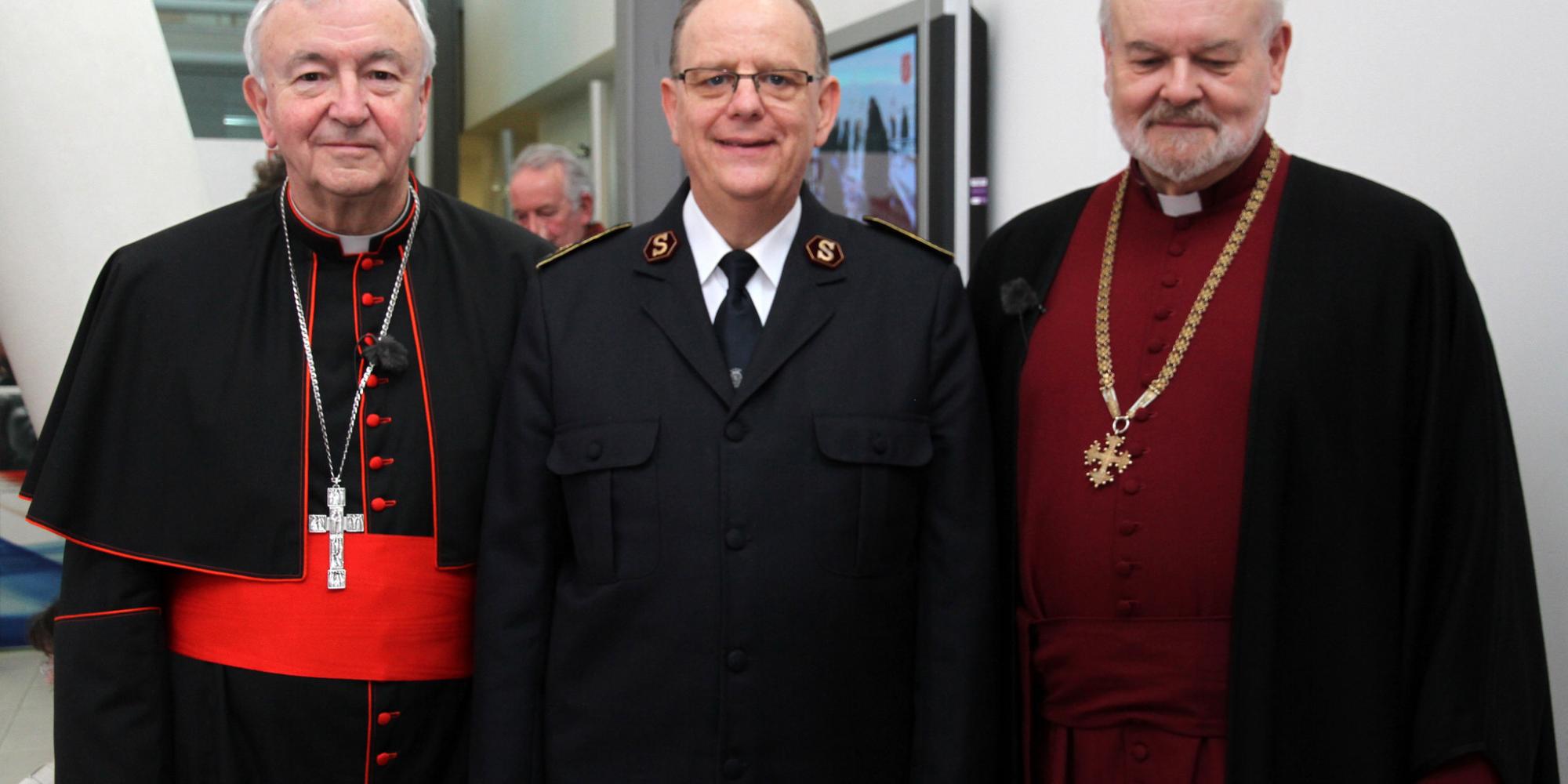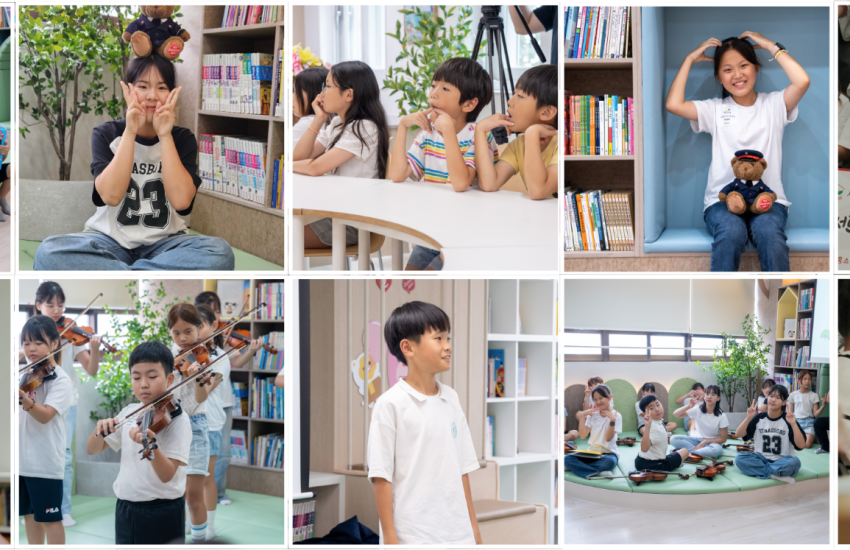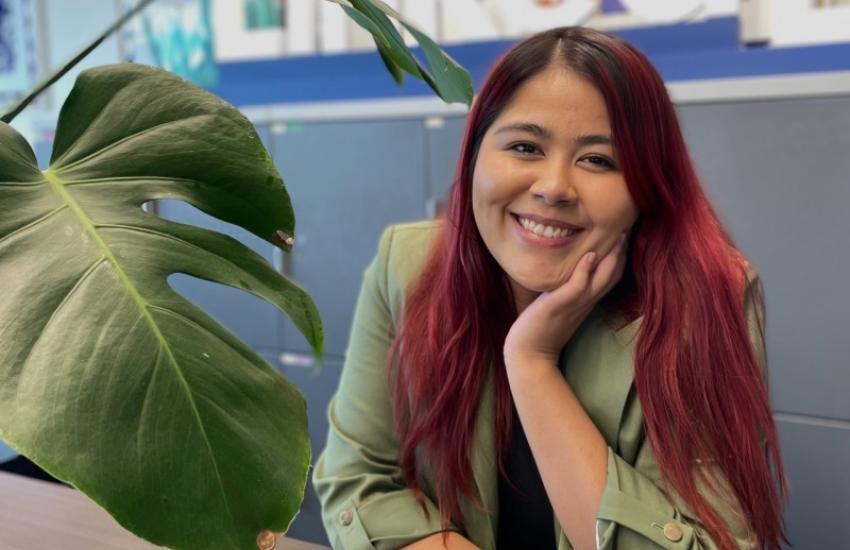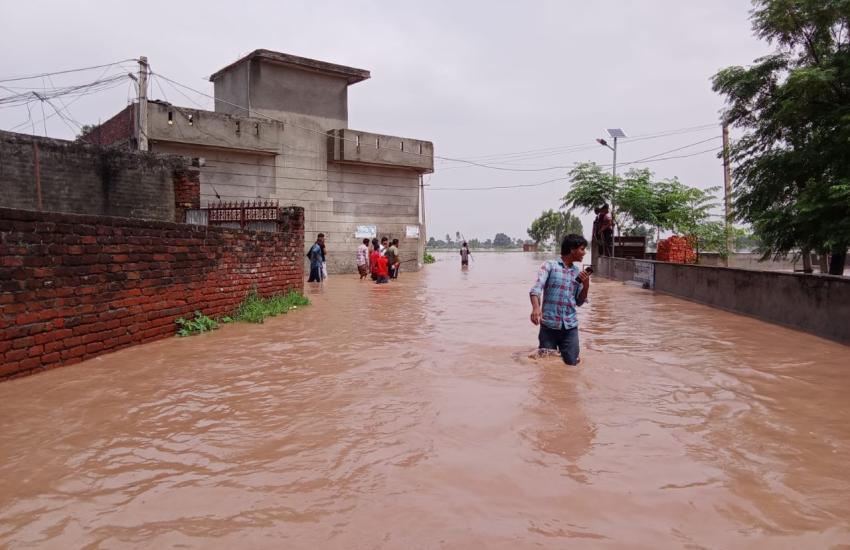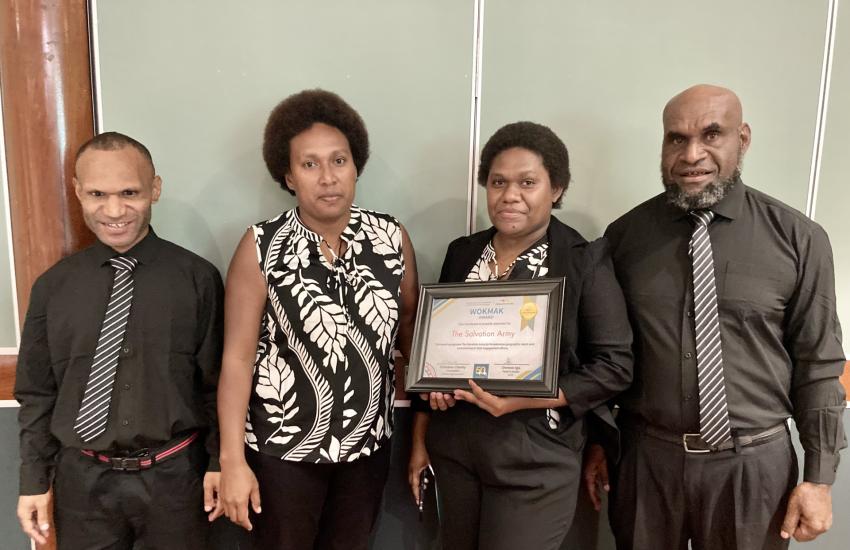SALVATION Army international leader General André Cox, along with Commissioner Silvia Cox (World President of Women’s Ministries), Chief of the Staff Commissioner Brian Peddle and Commissioner Rosalie Peddle (World Secretary for Women’s Ministries), welcomed the Archbishop of Westminster, His Eminence Cardinal Vincent Nichols and Bishop of London, Right Revd Richard Chartres to International Headquarters (IHQ) during Holy Week.
The faith leaders were beginning a pilgrimage to a number of the Stations of the Cross – art installations which have been exhibited across London throughout Lent, to help people of different faiths to reflect on Jesus’ journey to Calvary. Commissioner William Cochrane, International Secretary to the Chief of the Staff and Secretary for International Ecumenical Relations, facilitated the event.
Video courtesy of Catholic Bishop's Conference of England & Wales
IHQ is hosting ‘Sea of Colour’, a unique patchwork of discarded child refugee clothing, hand-stitched by artist Güler Ates. The piece reflects both the moment when Jesus was stripped of his clothes on the way to the Cross and the modern-day plight of refugees fleeing conflict and persecution.
Cardinal Nichols read the account from John’s Gospel before co-curator of the Stations of the Cross initative Dr Aaron Rosen invited Ms Ates to speak on what had inspired ‘Sea of Colour’. She spoke movingly of her own experiences as a Kurdish refugee and the impact on her of TV news images showing three-year-old Alan Kurdî, a Syrian refugee who had died on the Bodrum beach that she was so familiar with.
‘It could be my son, it could be anyone’s son. And not just from one faith either. To me, that was very painful,’ Ms Ates explained. ‘Jews, Christians, Muslims [are] all together here.’
Having viewed the patchwork, Bishop Richard Chartres reflected that: ‘one of the most moving things about this … is that sentence “Why did my son have to die?”,’ referring to a message handwritten on to one of the garments by a refugee volunteer. ‘One of the great things about creative pieces like this,’ he continued, ‘is that we don’t hurry on to give a glib answer’.
The Bishop concluded: ‘As we make our pilgrimage through Holy Week, that’s very salutary. We have to stay with that question: Why did my Son have to die?’
Cardinal Nichols, also affected by the artwork, expressed that ‘these clothes also speak about intimacy. These are clothes that are worn next to the skin. When we think about the vulnerability of being stripped naked, this reminds us … of the huge difference between a nakedness which is offered in intimacy and nakedness which is imposed by violence. I can’t help thinking that these are children’s clothes – psychologically they are stripped of everything. Yet we have a real problem in our society of youngsters sending totally inappropriate pictures of their naked selves. It’s almost as if we’re confused about our bodies and their sacredness.
‘This is forced nakedness, which is terrible and should teach us to value modesty and the dignity of every person. Especially these poor, helpless [refugee] children who lose everything.’
The Bishop of London concluded the short time of devotion in prayer: ‘Lord, stripped naked, emptied of glory, humiliated, your life tossed aside - you know the anguish of those stripped of dignity, their lives discarded as useless. May they know your presence amongst them. Clothe them in your love and your glory. And for those whose children have died in their arms as they’ve fled conflict, we pray too, O Lord, through the intercession of your blessed mother, who by cradling your dead body in her lap carries their pain. Grant these parents your unfailing consolation – you who live and reign for ever and ever. Amen.’
Shortly after formal proceedings had concluded, a number of young Christian musicians from the Providence School Choral Department touring London from Jacksonville, Florida, made an impromptu visit to IHQ. Interested in the symbolism of ‘Sea of Colour’, IHQ’s Chaplain Major Tracey Kasuso invited the visitors to take a closer look at the piece, while Kevin Sims (IHQ Communications Section) explained the relevance and outlined The Salvation Army’s Europe-wide refugee response.
The choir were so affected by the rich meaning behind the artwork that they broke into spontaneous song. Many participants were brought to tears, and a respectful silence followed.
‘Sea of Colour’ and a linked exhibition about The Salvation Army’s refugee response – including children’s activities – will be on display at International Headquarters until 12 April 2016.
Report by David Giles
IHQ Communications
